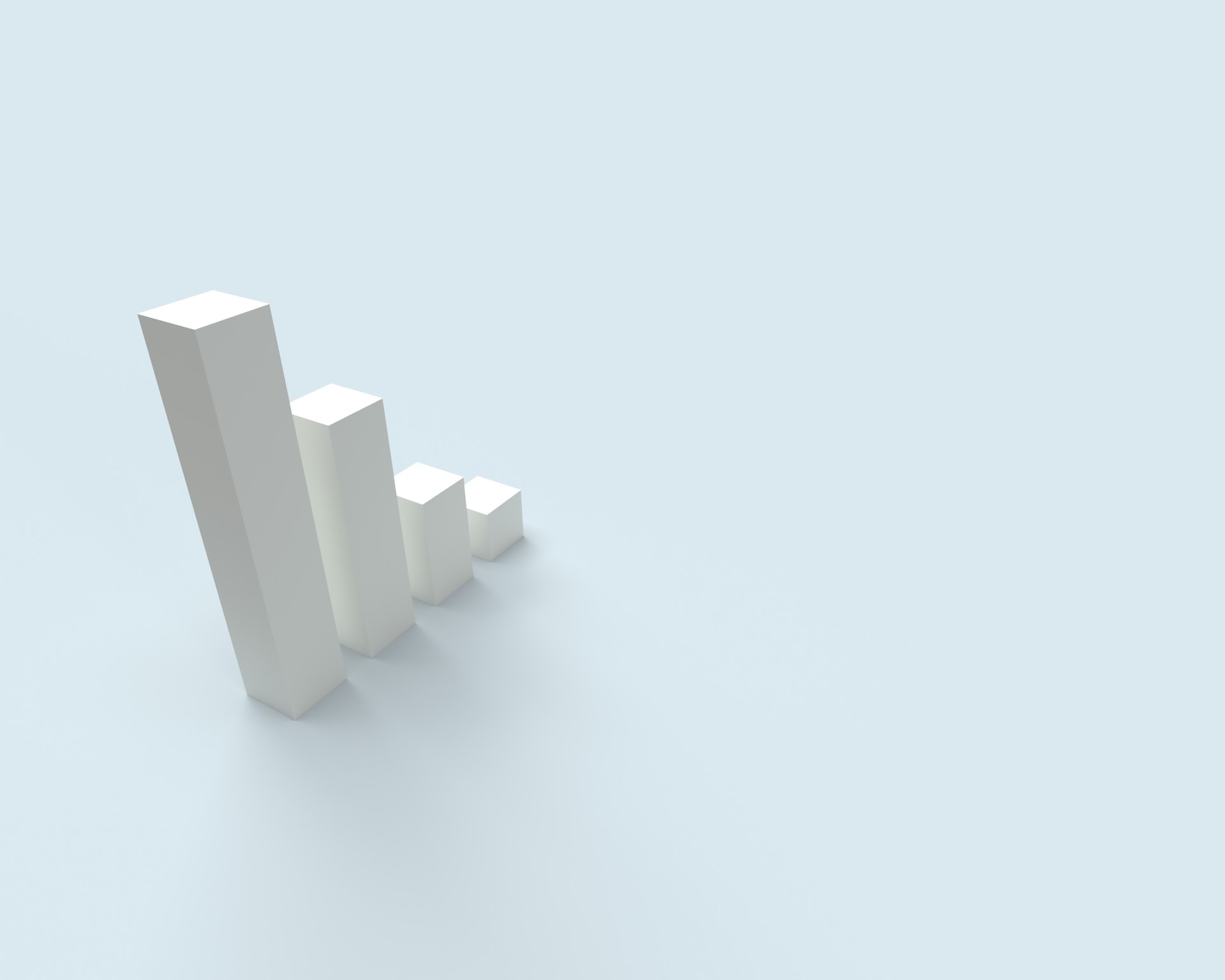There are many ways to assess a company’s performance. Earnings and revenue growth are two popular ways to determine how well your business is doing, but some metrics shed light on a company’s sustainability. Achieving 50% year-over-year revenue growth may look good on the surface, but if your expenses double during the same time frame, your profit margin will take a hit. Companies may continue increasing expenses even as revenue growth decelerates, and that can create a lot of problems. Metrics like the liquidity ratio offer additional ways to analyze a company’s financial health that go beyond surface numbers.
What is the Liquidity Ratio?
The liquidity ratio gives business owners a snapshot of how well their companies can handle financial obligations with internal assets. Therefore, companies should aim for a high liquidity ratio. A liquidity ratio higher than 1 is good, but it’s ideal for getting your liquidity ratio above 2.
The Importance of Liquidity Ratio for Your Business
Many business owners get stuck on growth numbers. They focus on getting more customers, opening new buildings, and investing more in marketing. These efforts can help you reach more people, but not all growth is sustainable. The liquidity ratio serves as a litmus test that determines if current operations are sustainable. A liquidity ratio below 1 indicates trouble. It demonstrates a company’s assets are not enough to cover liabilities. This predicament will force a business to borrow more money to keep up with financial obligations or make significant cost cuts to get their liquidity ratios above 1.
What are the Types of Liquidity Ratios?
Investors and business owners can use several liquidity ratios to assess a company’s short-term and long-term sustainability.
Current Ratio
The current ratio determines if a company’s current assets are enough to cover current liabilities. Current liabilities encompass financial obligations that are due within a year. Current assets represent all assets that can become cash within one year. For example, a 6-month CD counts as a current asset, but a 5-year CD does not fit this category.
Quick Ratio
The quick ratio is just like the current ratio. However, you can only use assets that can immediately become cash with no repercussions. While a 6-month CD is a current asset, it is not a quick asset. The owner of a 6-month CD would have to wait six months to access the money or end up with a fee for taking out the cash early. Accounts receivable count as quick assets. This liquidity ratio should be greater than 1. The current ratio is always higher than the quick ratio.
Cash Ratio
The cash ratio is similar to the quick ratio. The only difference is that it only considers cash. While the quick ratio and cash ratio would both ignore a 6-month CD, the cash ratio does not factor in accounts receivable. It’s even harder to have the cash ratio exceed 1, but a company is in good shape if it can have that high of a cash ratio. Only cash and cash equivalents can be used in the numerator. Current liabilities are the denominator, and that is the common rule across the current, quick, and cash ratios.
Days Sales Outstanding (DSO)
The Days Sales Outstanding formula reveals how long it takes for a company to turn an account receivable into cash. This calculation helps business owners and investors predict how long it will take for current accounts receivable to become cash. DSOs vary by industry, and it’s best to gauge competitors before determining if a DSO is too high, in-line, or exceptional.
How Do You Calculate the Liquidity Ratio
The liquidity ratio has a type of asset group in the numerator and current liabilities in the denominator. Here are the formulas for each liquidity ratio:
- Current ratio = Current assets / Current liabilities
- Quick ratio = Quick assets / Current liabilities
- Cash ratio = Cash & cash equivalents / Current liabilities
- Days Sales Outstanding = Average accounts receivable / Revenue per day
What is a Good Liquidity Ratio?
The higher the liquidity ratio, the better (excluding DSO). A liquidity ratio above 1 indicates a company can keep up with current liabilities using its available assets. Liquidity ratios well above 1 give the company more breathing room to cover its financial obligations. Conversely, a liquidity ratio under 1 can indicate structural problems within the company.
Improving Your Liquidity Ratio
A company’s liquidity ratio reveals the sustainability of the business model. Getting your liquidity ratio above 1 can help you avoid the dangerous cycle of using new debt to repay current debt. You can use these strategies to improve your liquidity ratio.
Reduce Overheads
If you cannot pay for all of your current liabilities, it’s a good idea to trim overhead before the bills are due. A business owner who rarely reviews expenses may find several opportunities to trim costs, but this method becomes more difficult if you stay on top of costs. In addition, any reduced overhead lowers the denominator in liquidity ratios.
Change How and When You Get Paid
Accelerating the transition from accounts receivable to cash will help your cash ratio. You can also look for payment platforms with lower fees. Depending on the scope of the product or service, a business owner can also ask for an upfront payment and then ask for the remaining payment after completion.
Dispose of Unnecessary Assets
Business owners move at a rapid pace. There’s always something to do, and some assets can become irrelevant as your company changes and you make more investments. You can sell old equipment that you no longer use and look for other assets that you can convert into cash. Business owners can also look at long-term assets that won’t turn into cash for over a year. Speeding up the conversion can provide more funds to cover current liabilities.
Pay Off Business Liabilities
You have to pay liabilities eventually, but making incremental progress before due dates makes it easier to manage bills. Debtors will be happy if you pay the minimum, but making a higher payment will get you out of debt faster. You can also pay more than once a month to put yourself in a more favorable position. Paying off business liabilities sooner also minimizes interest accumulation, something that is common for business credit cards and other lines of credit.
Get Better Financing
Many business owners take out loans and lines of credit to get the capital they need for investments and short-term needs. Other financing options include:
- Business loans: Make fixed monthly payments for the duration of the loan. Installment loans with variable rates are also available.
- Business line of credit: Get a revolving credit line you can use to fund your business, but only pay interest when you use capital.
- Equipment financing: Equipment leases are a continuous expense that will show up in your liabilities each year. Getting equipment financing lets you own equipment, and once you have paid it off, you will no longer see that line item in your liabilities.
- SBA loans: These business loans have long wait times, but they offer the most competitive rates and terms in the industry.
The rates and terms you get impact your current liabilities. Getting better financing makes your debt more manageable and can guide you to the right financing for your business.







